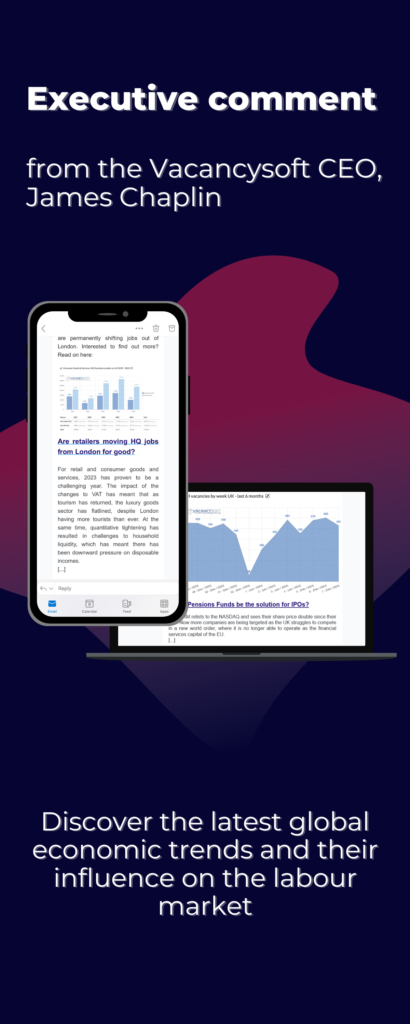US Escalates Tariffs Over India-Russia Defence Links
Putin’s War Strategy Faces Growing Economic Pressure

It was Margaret Thatcher, addressing the United States Congress at the height of the Cold War, who made a pointed distinction. Armaments, she argued, do not in themselves cause war. War begins when a tyrant seeks conquest and is met with resistance. The imperative, therefore, is not disarmament but deterrence, to make the cost of aggression intolerably high.
This maxim looms large over the war in Ukraine, now dragging into its fourth year. Russia’s strategy, brutal and attritional and unconcerned with casualties, is grimly effective. President Putin’s calculus remains unchanged. Territorial concessions from Ukraine are unacceptable. The resurrection of the Russian empire is non-negotiable. And for the Russian people, already bowed under sanctions and economic contraction, the price is steep but not, it seems, steep enough to force reconsideration.
What has changed is the scale and sophistication of the Russian war machine. The latest barrages on Kyiv saw the use of over 300 drones alongside cruise missiles, a level of sustained bombardment not previously witnessed. Russian drone and missile production, increasingly reliant on dual-use technology sourced from China, continues to escalate. China, for its part, has made clear that a Russian defeat does not align with its geopolitical interests. North Korean troops assisting Russian forces near Kursk offer another unsettling signal. This is no longer merely a war of borders, there is an aligned axis at play.
The West, long hesitant, is adjusting. Former President Trump, now again in ascendancy, has expedited delivery of defensive systems to Ukraine, including the Patriot missile platform. Yet behind the scenes, a shift is underway. US hawks are setting the tempo of events. And increasingly, attention is turning to the finances of war. If the battlefield cannot yet be decisively won, then perhaps the engine that fuels it, money, can be targeted. Here, India enters the frame.
India’s imports from Russia have surged dramatically. In fiscal year 2024 to 2025, New Delhi imported 64 billion dollars’ worth of Russian goods, predominantly discounted crude oil. This constitutes over 35% of India’s total oil supply, a remarkable economic coup. Meanwhile, Indian exports to Russia, mainly pharmaceuticals, machinery and chemicals, remain modest, at around 4 to 5 billion dollars. The net result is clear. India is, in effect, pumping 60 billion dollars a year into the Russian economy, underwriting the Kremlin’s war effort, if only indirectly.
This trade has not only strategic implications but commercial ones. Cheap energy gives Indian manufacturers a powerful cost advantage, particularly over their European counterparts grappling with sky-high energy bills. Indian exports, from steel to textiles, are now outcompeting European goods in third-party markets, distorting global trade flows. For Germany’s beleaguered industrial sector, this is more than theory, it is a pressing reality.
Donald Trump has taken notice. His campaign to rebalance America’s trade relations began with China, extended to the EU, and has now turned to India.
India is the United States’ largest trading partner. In 2024 to 2025, Indian exports to the US rose 11% to 87 billion dollars. Imports from the US were 42 billion dollars, leaving a sizeable surplus in India’s favour. Pharmaceuticals, telecoms equipment, and iron and steel products lead India’s exports. American crude oil and refined fuels dominate its imports. Around 18% of all Indian exports now head to the United States.
Historically, India has walked a tightrope of strategic ambiguity. Longstanding military ties with Russia date back to the Cold War, when Moscow became New Delhi’s principal defence supplier. In recent years, Prime Minister Modi has maintained good relations with both Russia and the USA. And with Trump, his famous slogan, MAGA plus MIGA equals MEGA, a quip delivered in Washington, resulted in a famous PR moment, following by him then flying on to Moscow.
That delicate balancing act may soon be tested. On July 30, Trump announced a 25% tariff on Indian exports, effective immediately. The move, ostensibly part of a reciprocal trade policy, is in practice a direct rebuke of India’s continued purchases of Russian oil and weaponry. Further penalties, reportedly under discussion, could tighten the screws.
In parallel, Trump is raising the pressure on Russia to accept a ceasefire. The outlines of a de facto settlement are emerging. Territory lost by Ukraine may remain in Russian hands, but Russia’s broader strategic ambitions, to force regime change in Kyiv or fracture Western unity, have failed. Whether Putin can accept this limited outcome, or whether escalation beckons, remains uncertain.
For India, the question is sharper. Do the gains of cheap oil outweigh the risk of losing favoured access to the American market? It is a high-stakes calculation, one that could define not just India’s role in this war but its place in the world that follows it.
Subscribe to our weekly newsletter for clear, timely insights on the political and economic trends shaping the UK labour market:
The data referenced above has been sourced from Vacancy Analytics, a cutting-edge Business Intelligence tool that tracks recruitment industry trends and identifies emerging hotspots. With 17 years of experience, we have a deep understanding of market activities in the UK and globally.
Want to unlock the full potential of Vacancy Analytics to fuel your business growth?
Book a 30-minute workshop with us and discover the power of data in shaping the future of your market!
p.s. By the way, if you are a fantasy football fan, why not join our league this season? With over 50 people already registered, we will be doing prizes for the winner and for the manager of the month if we hit 100+. Get involved!


